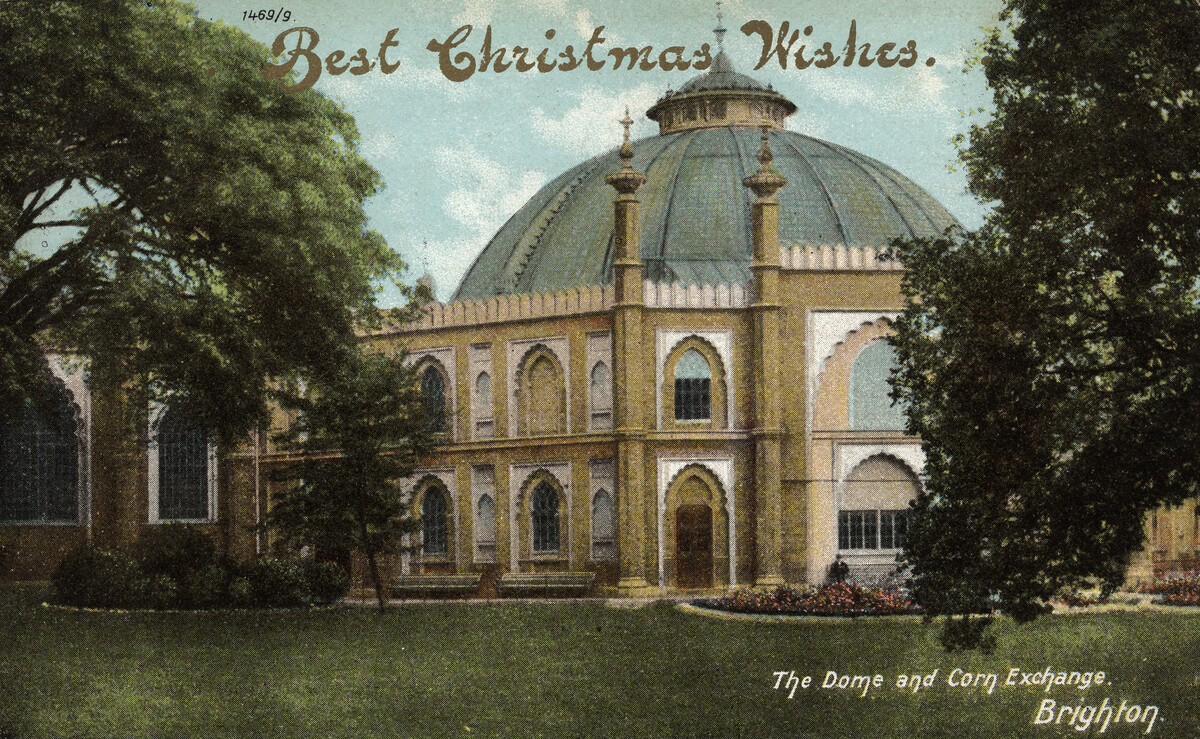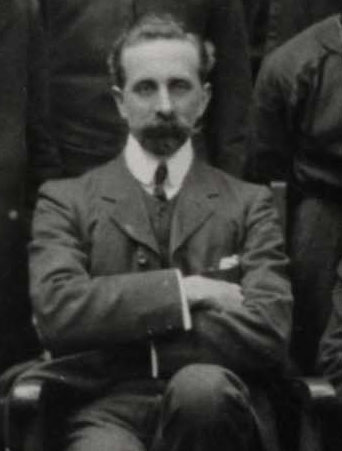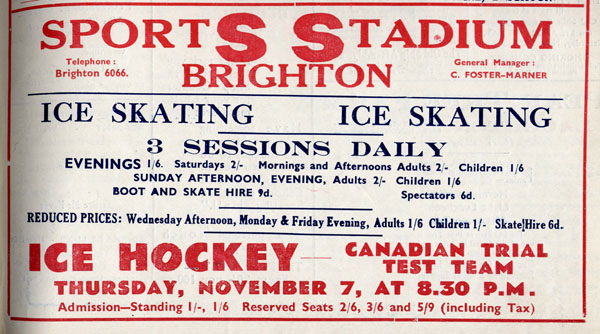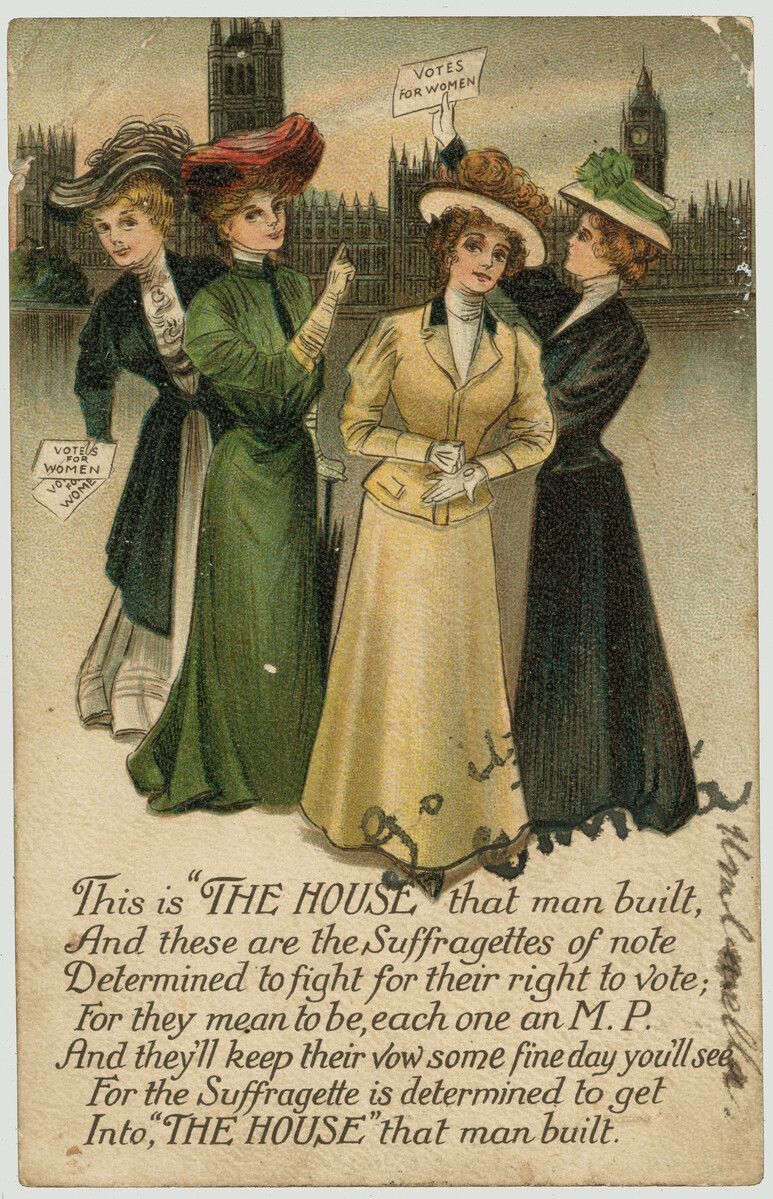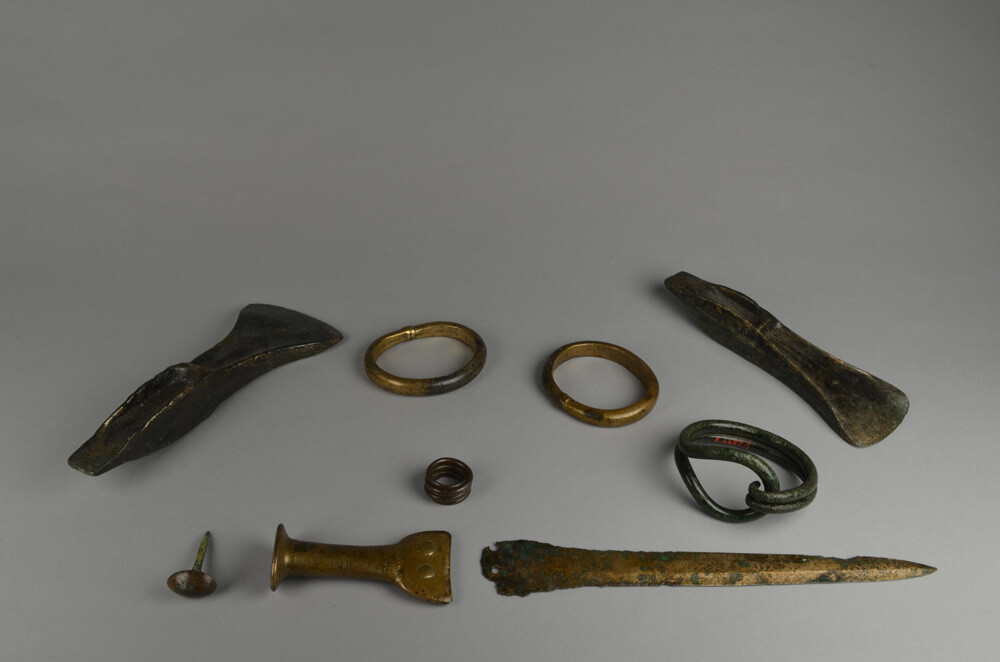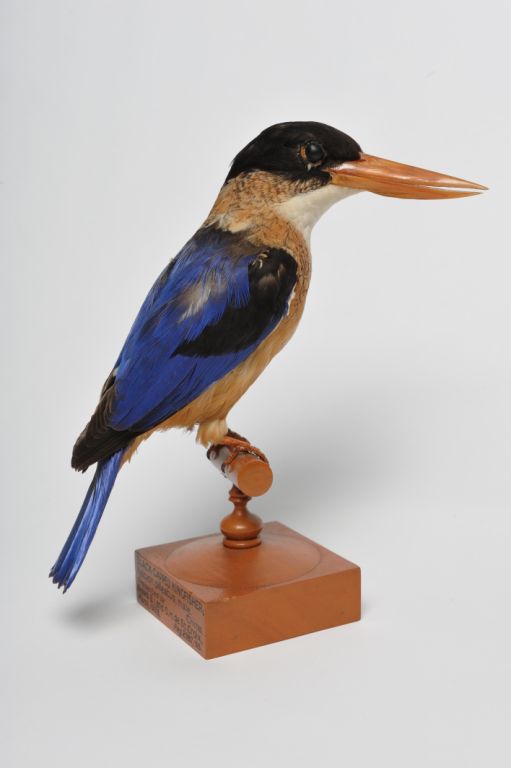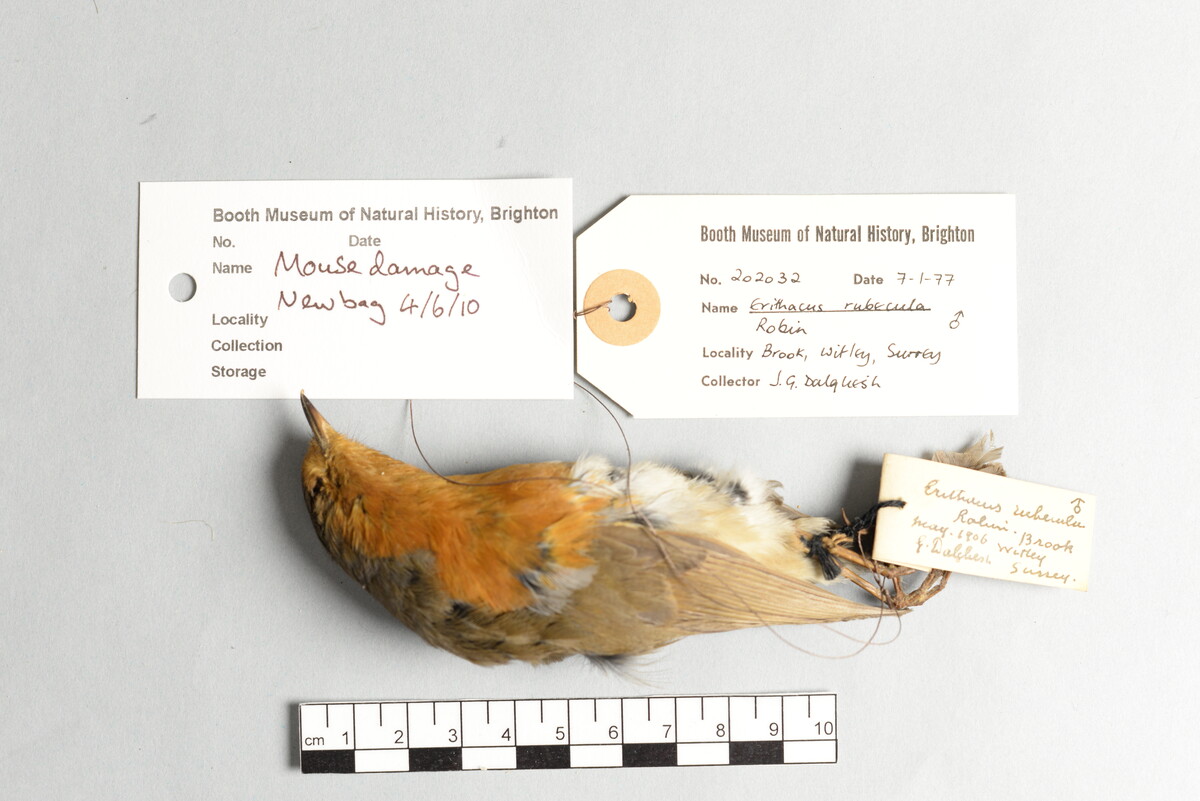
This is a legacy story from an earlier version of our website. It may contain some formatting issues and broken links.
One of the most beautiful and intriguing illustrated books published in the early nineteenth century shows us the Royal Pavilion Estate as it might have been, if George IV had not changed his mind.

Repton’s proposed ground plan for the Royal Pavilion garden, printed 1808.
The book is a printed version of designs by Humphry Repton (1752 – 1818), commissioned by the then Prince of Wales for the complete orientalisation of the existing neo-classical Marine Pavilion (built in 1787 to designs by Henry Holland) and the surrounding gardens. Repton was an important figure in the larger context of the Royal Pavilion’s history and development. He published widely on architecture, design and landscape gardening, at times challenging aesthetic ideas of the Picturesque, at other times embracing them.
Repton embarked on a career in landscape gardening in 1788, shortly after the death of the famous landscape designer Lancelot ‘Capability’ Brown in 1783. In an attempt to fill the vacuum created by the death of Brown, he quickly established himself as the leading landscape designer in Britain, working for a wide range of clients, while at the same time writing a number of critically acclaimed books on his profession. Repton soon became known for lavishly produced portfolios in quarto or folio format, known as Red Books because many of them were bound in red morocco. These comprised watercolour paintings of ‘before and after’ views of gardens, landscape settings and buildings. For maximum visual effect the ‘after’ views (Repton’s own designs) were typically revealed by lifting an overlay glued onto the watercolour sheet. A total number of around 123 Red Books have been identified, one of which is that of the Royal Pavilion estate and dates from 1806. It survives in the Royal Collection and was recently on display at the exhibition Painting Paradise: The Art of the Garden at the Queen’s Gallery in London.

West front of Marine Pavilion, ‘before’ Repton’s proposed transformation.

West front of Marine Pavilion, ‘after’ Repton’s proposed transformation.
Repton’s involvement with the Royal Pavilion predates his Red Book from 1806. In c.1796 he went into partnership with the then relatively unknown John Nash, and in 1805 he designed the gardens surrounding Samuel Pepys Cockerell’s Mughal-style house Sezincote in Gloucestershire, thus forming a stylistic link to both William Porden’s contemporary Moorish stables building at the Royal Pavilion (begun in c.1803), and the later Indian designs for the Royal Pavilion by himself and Nash. Repton was briefly involved with the Royal Pavilion in the summer of 1795, possibly for the design of a conservatory and in collaboration with Nash, and between 1797 and 1802 to advise on groundwork concerning extensions to Holland’s building by P.F. Robinson.

Repton’s proposed viewing platform for the Royal Pavilion, printed 1808
In November 1805, after the completion of Porden’s Stables and additions to Holland’s Pavilion, the Prince of Wales once again invited Repton to produce designs for the transformation of the Royal Pavilion gardens and the palace itself, having rejected earlier Chinese-style designs by both Holland (1801) and William Porden (c.1805). Repton worked feverishly on this prestigious royal commission, assisted by his sons John Adey and George Stanley Repton, and presented the Royal Pavilion Red Book, comprising more than 20 illustrations, to George less than a month later. It consisted of fantastical and elaborate Indian-style designs for the estate, complete with the overlays creating the ‘before and after’ views. Two interior views were included: a conservatory-style glass corridor with heavy plantation, and a dining room with large windows and a highly ornamented plaster ceiling reminiscent of John Nash’s style, but most views were of the gardens and surrounding areas. His ideas for the estate included aviaries and orangeries, geometrical ponds reflecting the Moorish features of Porden’s stables, a glass corridor surrounding the entire western side of the estate, a protruding viewing platform with telescopes at the North front, some Chinese-inspired hipped roofs, and dainty flower beds on the Eastern lawns. According to Repton, George responded enthusiastically to the designs, but despite giving him hope of ‘immediate execution’, the project was never realised, allegedly because Maria Fitzherbert (George’s long-standing illegal wife) commented on the financial implications of the ambitious plans. Repton saw George again in 1807 at an event in London and was summoned to Carlton House the following week to discuss plans for a great conservatory, but this project, too, after having been initially accepted, was superseded by another architect’s designs.

Repton’s proposed Orangerie in the Royal Pavilion garden, printed 1808

Title page of Humphry Repton’s printed version of the Pavilion’s ‘Red Book’, 1808.
Short of commissions in the difficult years of the Napoleonic wars, Repton had the Royal Pavilion designs engraved by J.C. Stadler in 1808 and, in a joint effort with Stadler to generate money, decided to publish the plans for the Royal Pavilion, together with a treatise on architectural styles, under the title Designs for the Pavillon at Brighton. He dedicated to George, perhaps in the vain hope of re-kindling his interest in the designs. The Royal Pavilion portfolio is the only one of Repton’s Red Books that was ever published in its entirety, with only minor omissions of the original text. Despite this being an expensive book of a project that was never realised it was published again in the 1820s, after Repton’s death, with the text re-set and the plates newly printed. Bibliophiles and collectors of the time must have considered this a book worth buying, regardless of whether it depicted an existing building and gardens or not. The novelty factor and interactive nature of the ‘before and after’ views surely played a role in this. Delayed gratification and the element of surprise were important concepts of ‘the picturesque’ , and perhaps this book was a manifestation of these ideals in printed form. The Royal Pavilion has several copies of the 1808 edition. One of them has a particularly interesting provenance: it belonged to none other than Brighton’s famous architect Amon Henry Wilds (c1784–1857), who designed some of the best grand Georgian structures in Brighton, such as Oriental Place, Montpelier Crescent, Park Crescent and his own home, the Western Pavilion, which looks like a miniature version of the Royal Pavilion.
In 1815 John Nash was the lucky one who was eventually commissioned to transform the Royal Pavilion and its gardens. By then, George had become the Prince Regent and Napoleon had been defeated. While Repton never really recovered from having missed out on this important royal commission, John Nash would turn Holland’s Marine Pavilion into the oriental fantasy palace George had envisaged, and would later publish his own book on the project. One cannot help think that Nash’s designs were a cheaper, watered-down version of Repton’s spectacular ideas. But time and circumstances were simply in favour of Nash.
Alexandra Loske, Curator (Royal Pavilion Archives)
We have digitised an entire copy of the 1808 edition of Repton’s Designs for the Pavillion of Brighton. Flick through the book here: http://brightonmuseums.org.uk/royalpavilion/history/tales-pavilion-archive/pavilion-might-have-been/
Alexandra will give a talk on early printed books on the Royal Pavilion at The Keep on 11 May 2016. Both Repton’s and Nash’s book will be on display during the talk. Details here: http://www.thekeep.info/events/early-illustrated-books-of-the-royal-pavilion-and-other-royal-palaces-a-talk-by-dr-alexandra-loske-3-00-admission
/
